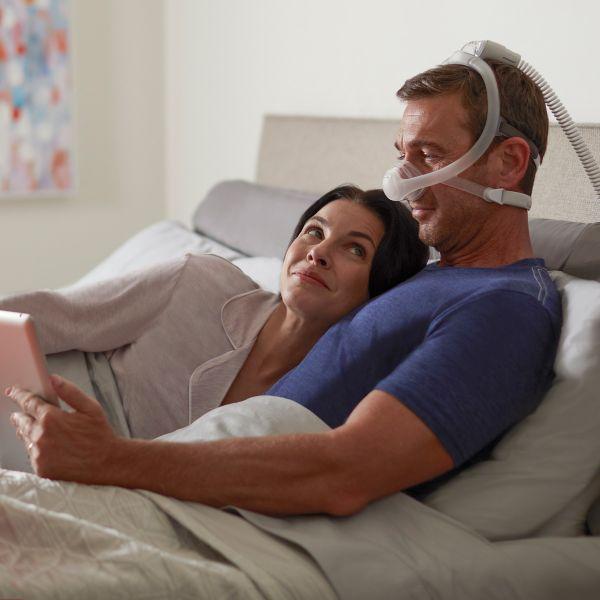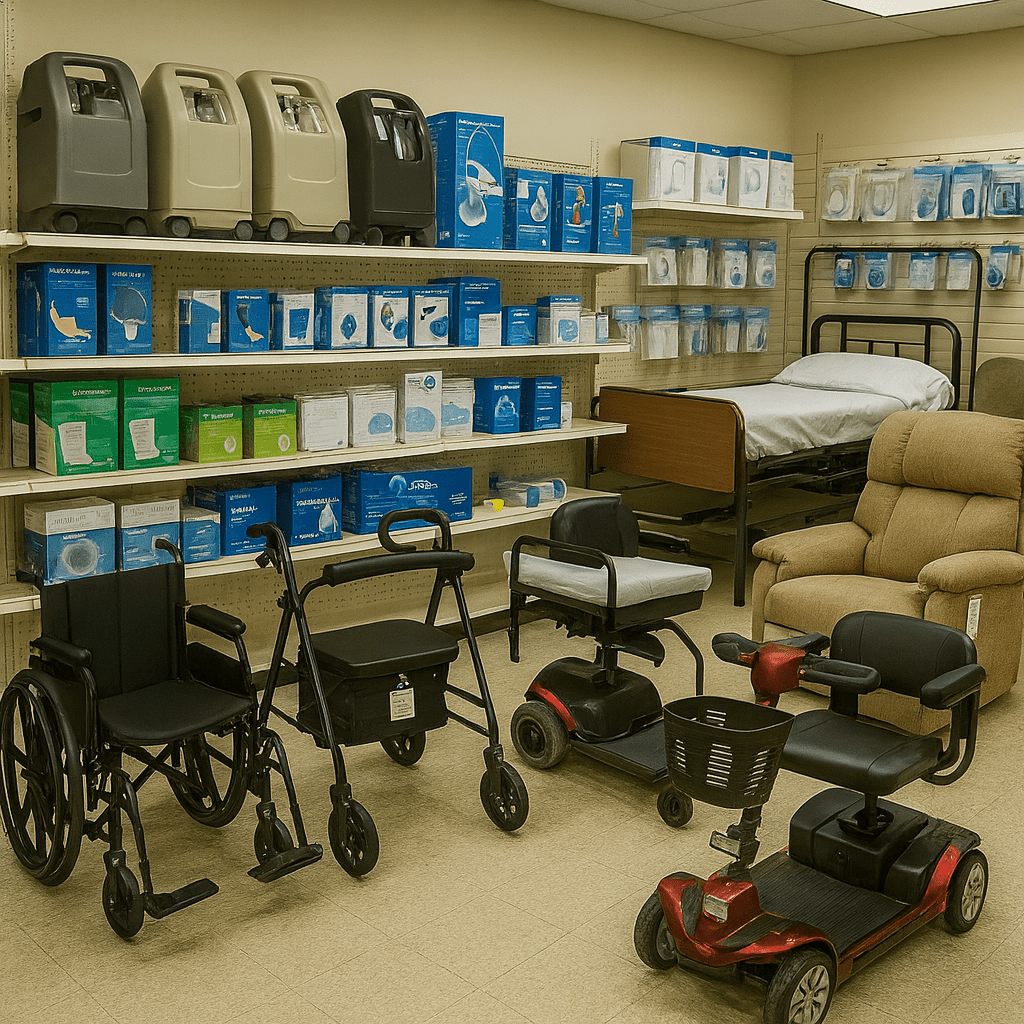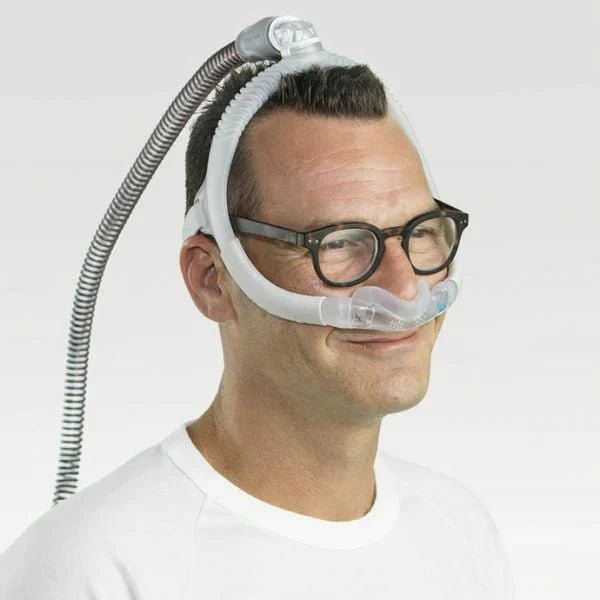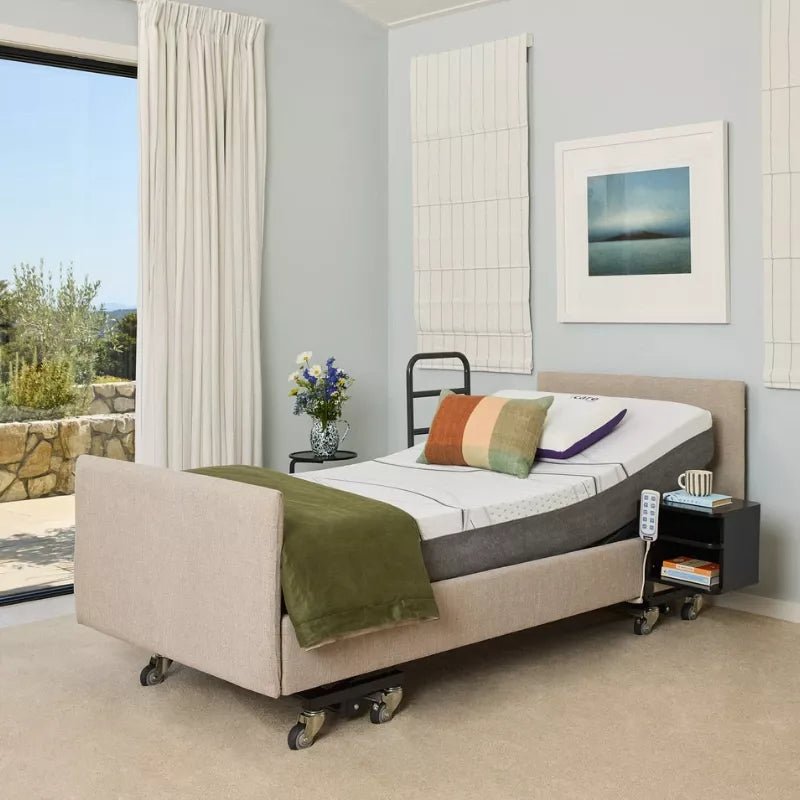Keeping your CPAP equipment clean isn’t just a luxury—it’s essential for your health, the effectiveness of sleep therapy, and the longevity of your device. Below are detailed guidelines to help you care for your equipment properly.
Why CPAP Maintenance Matters
-
Health Risks from Contaminated Equipment
If your mask, tubing, or humidifier chamber isn’t cleaned often, mold, bacteria, and allergens can thrive. When you breathe this in each night, you risk respiratory infections, allergies, or other complications.
-
Impact on Machine Performance
Dirt, residue, or clogged filters can interfere with the pressure delivery of your CPAP device. This may lead to pressure drops, uncomfortable airflow, and decreased therapy effectiveness.
-
Unpleasant User Experience
A neglected CPAP system can develop foul odors, irritate your skin, or cause mask leaks—making therapy less comfortable and reliable.
CPAP Cleaning Schedule: What to Clean, and When
Daily Cleaning (Mask, Cushion, Humidifier Chamber)
- Rinse mask and cushion in warm, mild soapy water.
- Thoroughly rinse to avoid soap residue.
- Air-dry on a clean towel before next use.
Weekly Cleaning (Tubing, Headgear)
- Soak tubing and headgear in warm, soapy water for 10–15 minutes.
- Rinse thoroughly and hang to dry.
- Ensure there's no trapped moisture that could harbor mold.
Monthly Checks (Filters, Humidifier Tray)
- Inspect disposable filters; replace if discoloured.
- Wash reusable filters; let them dry completely.
- Clean the humidifier tray thoroughly to prevent residue buildup.
Supplies You Need
- Use non-scented, mild soap or specialized CPAP cleaners
- Have lint-free towels or drying racks on hand
Travel tip: For trips, consider a compact travel CPAP machine—many come with portable cleaning kits for convenience.
How to Properly Clean Each Component
Mask & Headgear
- Disassemble components daily.
- Soak in warm, soapy water for a few minutes.
- Rinse completely, avoiding harsh detergents.
- Allow to air dry completely before reassembling to prevent skin irritation.
Tubing & Hose
- Weekly soak in soapy water, rinse thoroughly.
- Hang in a clean area to dry—ensure it's fully moisture-free to prevent bacterial growth.
Humidifier Chamber
- Rinse daily with water.
- Once a week, soak in a 1 part vinegar to 4 parts water solution for 20 minutes.
- Rinse well to clear any vinegar taste and let dry completely before next use.
Filters
- Disposable: Replace monthly or when visibly discolored.
- Reusable: Rinse weekly, air-dry fully, and replace every 1–3 months depending on condition.
CPAP Replacement Guidelines by Component
Knowing when to replace parts is vital to maintaining hygiene and effectiveness:
- Mask Cushions or Pillows: Replace every 1 to 3 months—or sooner if they lose seal or appear worn.
- Tubing/Hoses: Replace every 3 to 6 months, or immediately if cracked, discolored, or damaged.
- Filters: Dispose of disposable filters monthly; reusable ones should be replaced every 1–3 months.
- Humidifier Chambers: Replace every 6–12 months, or earlier if you notice cracking, cloudiness, or odor.
Signs it’s time to replace a part include:
- Mask seal failure (air leaks)
- Cracked or yellowed tubing
- Persistent water residue buildup
CPAP Cleaning Do’s and Don’ts
Do:
- Opt for mild, unscented soap to avoid residue or irritants
- Rinse every item thoroughly after washing
- Always let parts dry completely in a clean, shaded area
Don’t:
- Use bleach, alcohol, or harsh chemicals—they can damage your equipment
- Clean parts in a dishwasher or use hot water—high temperatures can warp components
- Reuse humidifier water without cleaning—this can foster bacterial growth
Using CPAP Sanitizers: Yay or Nay?
Sanitizers like UV or ozone cleaners can sound convenient—but tread carefully:
- UV Cleaners can effectively reduce bacteria, but overuse may degrade parts over time.
- Ozone Machines may leave residues not approved by some manufacturers.
- Manufacturer Advice: Most recommend manual cleaning as the safest method.
- Best Practice: Stick to regular manual cleaning and use sanitizers only occasionally, following approved guidelines.
Benefits of Regular Cleaning and Timely Replacement
- Better Sleep Quality: Clean components reduce irritation and ensure airtight masks.
- Optimized Therapy: Unclogged parts deliver consistent, proper pressure.
- Equipment Longevity: Well-maintained devices last longer and save money.
- Health Protection: Less mold and bacteria mean fewer respiratory risks.
How to Store and Maintain Accessories
- Store after thorough drying in a clean, cool, dust-free space
- Hide parts from direct sunlight and high heat—both can damage plastics
- Traveling? Pack parts in breathable cloth bags and only bring fully dry components
Tools & Supplies from Your Medical Equipment Store
Looking for high-quality parts or cleaning supplies? Check out our medical equipment store, where we stock:
- Genuine replacement filters, cushions, and tubing
- Travel-friendly cleaning kits and protective storage
- Desiccant packs to manage moisture during transport
Keeping spare parts on hand ensures you’re always ready—and hygienic.
Final Thoughts: Clean Equipment = Better Sleep & Health
A simple and consistent cleaning routine, combined with timely replacement and proper storage, can elevate your CPAP experience. Visit our medical equipment store for reliable supplies and expert advice—so your sleep therapy stays hygienic, effective, and worry-free.
How often should I clean my mask and hose?
- Daily: rinse the mask, cushion, and humidifier chamber
- Weekly: deep clean tubing and headgear thoroughly
Is dish soap or baby shampoo okay for cleaning?
Yes, as long as it’s unscented, mild, and free from conditioners—rinse thoroughly afterward.
How do I tell when to replace a filter?
If your disposable filter is discolored, change it monthly. Rinse and replace reusable filters every 1–3 months depending on condition.
Do I need a CPAP cleaning machine?
Not necessarily. Manual cleaning works well. Sanitizers can be used occasionally if approved by your CPAP provider.
How should I store dry CPAP parts?
Keep them in a cool, shaded place inside breathable bags to prevent dust and moisture buildup.









